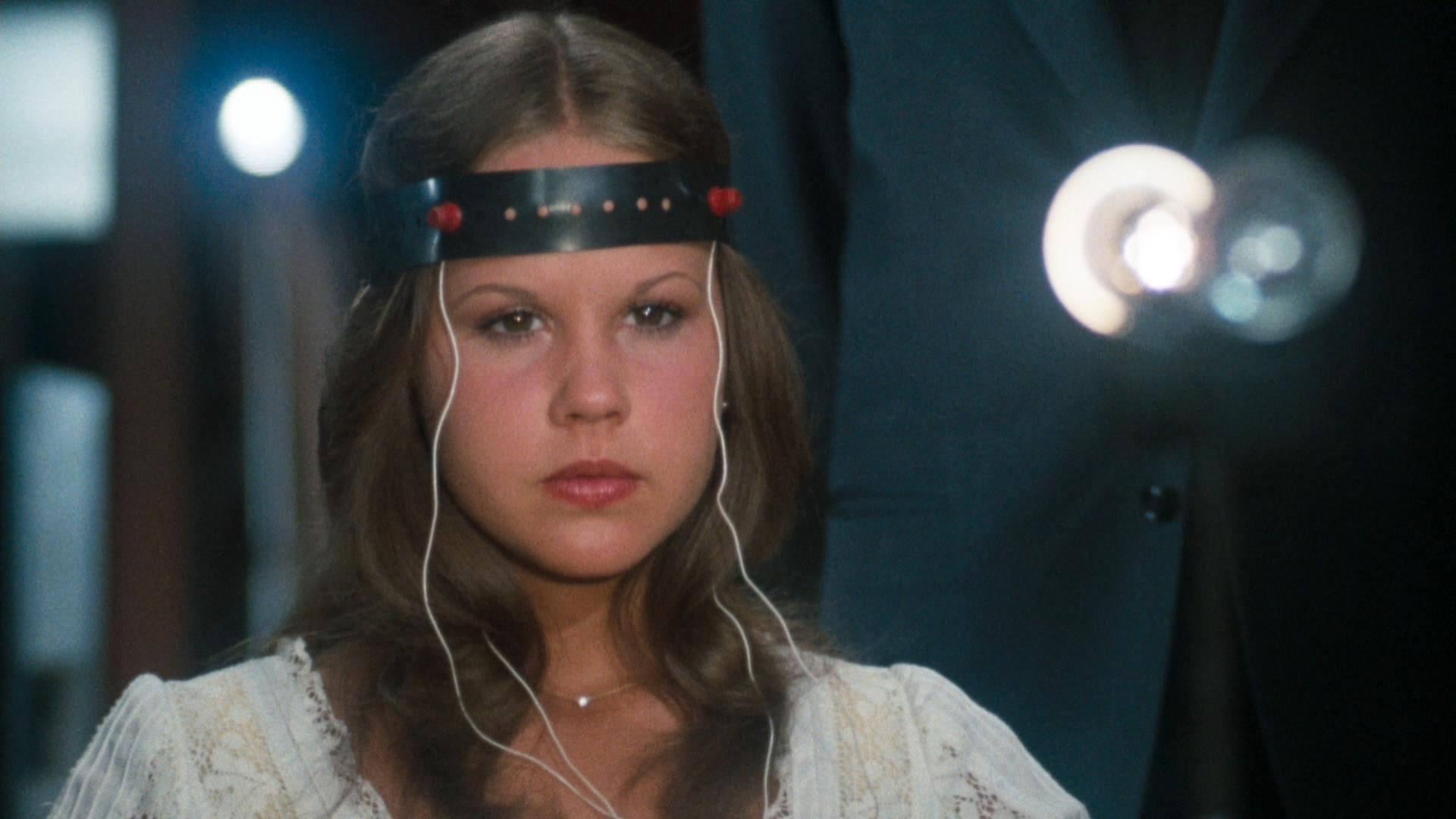
Greedy movie producers had long ago inferred from the watching habits of the general audience that emotional manipulation is the best way to lure audiences into the theatre. This emotional manipulation is nothing but a provocation to nostalgia, using artificial robot algorithms and smart advertising, with a significant assist from modern-day weapons such as big data and big brother.
Hollywood knows about the childhood movies people obsess about, and try to exploit their tendency to regain closure and comfort from the rehashed, uninspired sequels that promise to bring back old memories with a reimagined future or continuations of the original storylines, only to diminish the expectations at the end.
At some point, many Hollywood moguls even admitted off the record that their main aim behind bringing back the sequels is to cash in on humongous profits from them – nothing else matters, not even quality. They know that even if a bad sequel doesn’t inspire people to queue up in the theatres, they would eventually watch it on other mediums: streaming services, renting platforms or Video-On-Demand. Either way, profits will always roar in their balance sheet.
But sometimes, in a crowded market, people don’t notice a sequel, even if it has the stamp of ‘official sequel’ to a popular film and they gradually fade away from theatres and the public consciousness. It is now the time to discover them; a fascinating mixture of campy B-movie and genre-subversive stories. Without further ado, here are 10 famous movies you didn’t know have a sequel.
1. The Two Jakes (sequel to: Chinatown)
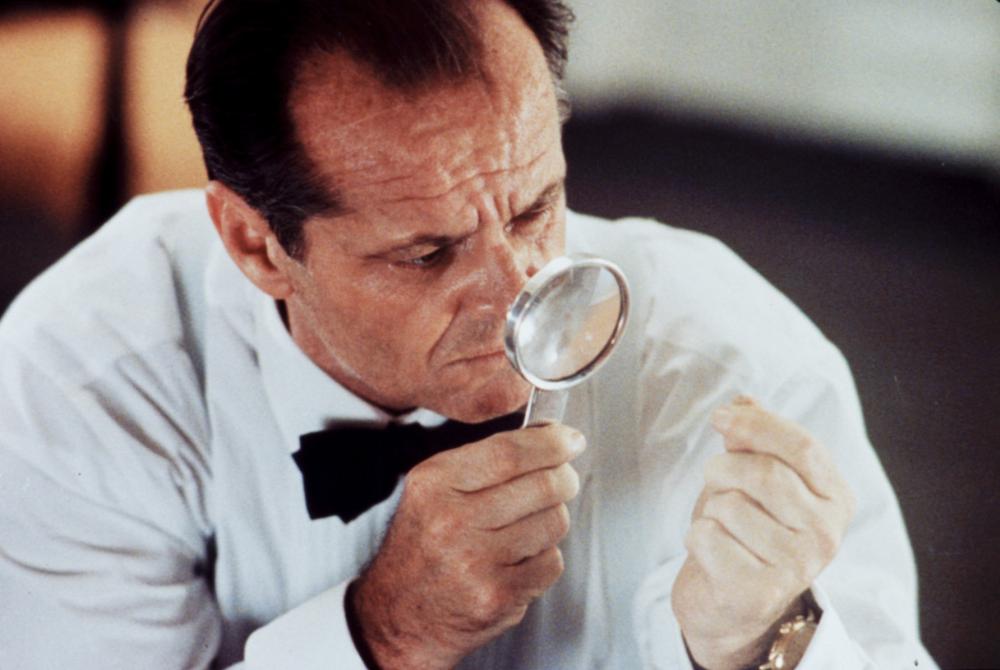
From the get-go, the idea of making a sequel to the far superior and standalone noir-drama “Chinatown” is preposterous. Not because it is impossible to make a good, or sometimes great, follow-up to a legendary picture – there are instances: from “The Godfather Part 2” to “Toy Story 2” – but the basic story of “Chinatown” ends in a nerve-racking finale that is impractical to continue and trump in a sequel. But who knows the mind of God, or in this case, the producers” they decided to make a trilogy of “Chinatown.”
The inferior quality of the sequel barred it from having a decent word-of-mouth reputation, the first condition of a classic or cult film. Many people didn’t even notice the release of the sequel, although it found some later success in the video market. Another reason behind this failure was the very troubled production of the film.
Roman Polanski didn’t reprise his role in the director’s chair, and Robert Towne, the screenwriter of the original film, accepted the directing offer, only to raise objection and eventually dispute with producer Robert Evans over his interest in playing a significant role in the film.
Evans was fired from the acting role and Towne’s nervousness forced him to withdraw from the directing role as well, until Jack Nicholson took over the production with a delay of five years to recover from. Nicholson’s success as the director of the film is mixed. While it’s not “Chinatown,” some contemporary film critics hailed the film as a worthy successor and to date, fans of the original despise its existence.
2. Exorcist 2: The Heretic (sequel to: The Exorcist)
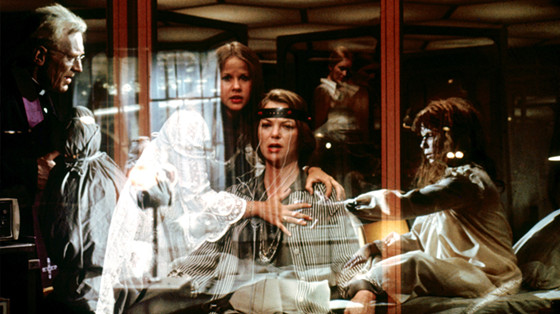
In 1977, “Exorcist 2: The Heretic” blundered in trying to reimagine a horror movie universe by subverting the audience expectation of a renowned genre movie like “The Exorcist.” The fans of “The Exorcist” hoped for a similar spine-chilling thrill that they enjoyed in the winter of 1973, but they were presented with a metaphysical and intellectual investigation into the depths of evil and faith. John Boorman, the director of the sequel, was not convinced of the excessive gore and violence of the first movie and tried to redo the universe with a more intellectual approach. Unsurprisingly, it inspired nothing but rage in the theatres.
The screenwriters of the original film laughed their hearts out in the showing and William Friedkin was so enraged with the decapitation of the original’s legacy that he retorted to ad hominem attacks targeting Boorman.
While universally helmed as one of the worst films ever made, “Exorcist 2” has its defenders through ages. Pauline Kael, the legendary critic of The New York Times, preferred this movie to the original, and Martin Scorsese commented that the film deserved better than this. Certainly, the film deserved a bigger budget too; the co-producer attributed the reason for the lower budget to the fact that they were making a B-movie.
3. The Great Escape 2: The Untold Story (sequel to: The Great Escape)
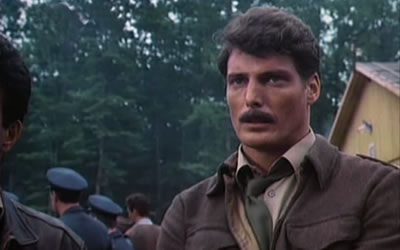
The great profit-making scheme of Hollywood becomes more evident when there is a large gap between an original film and its successor. Shot and released 25 years after the Steve McQueen starrer mass escape classic “The Great Escape,” the sequel reimagined and fictionalized the true story of the British Commonwealth prisoner escape from the German Stalag camp.
While the authenticity of the original film is itself contentious, this Christopher Reeve starrer TV movie took huge creative freedom in projecting the historic event of 1944. That did hinder its nomination at the Primetime Emmy Awards for great sound mixing. It was later released on VHS, albeit with a major trimming, but remains as one of the most undersigned pictures in the history of cinema.
4. The Birds II: Land’s End (sequel to: The Birds)
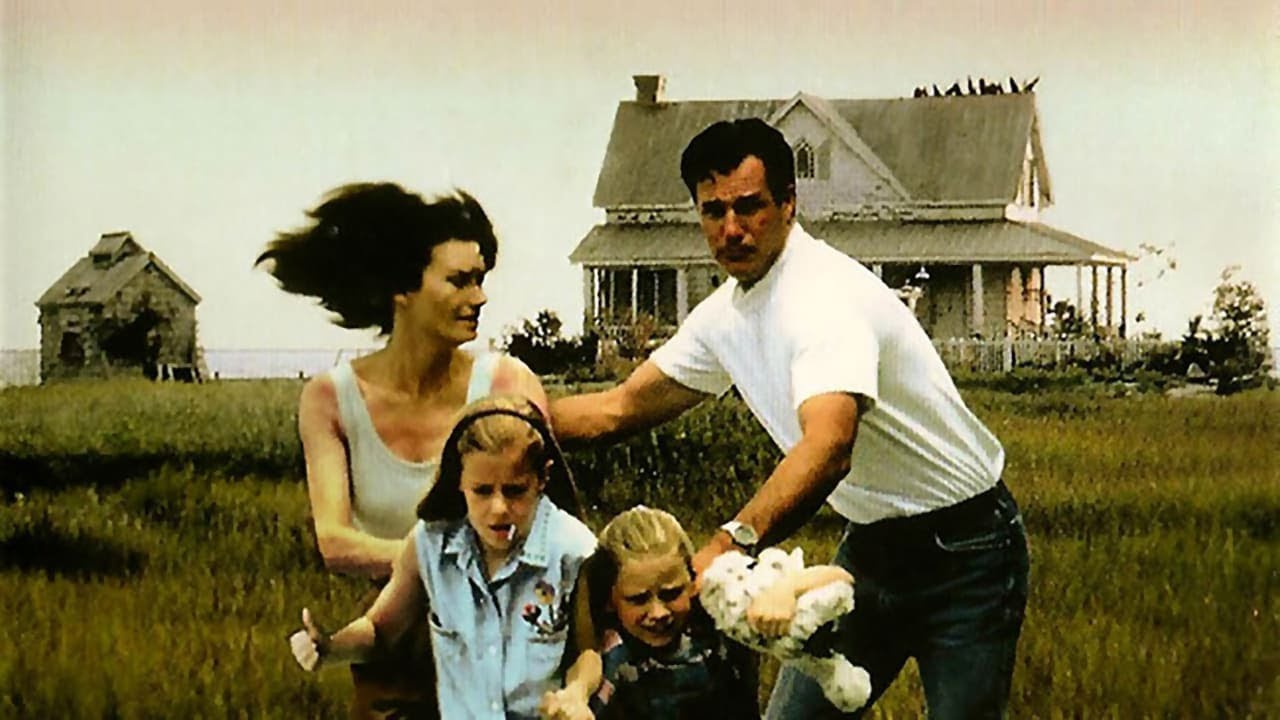
The proud director “Alan Smithee” did a weird thing with his sequel to the Hitchcock classic “The Birds.” He offered Tippi Hedren, the star of the original picture, a role in the new film, but a minor one that did not correlate with her Melanie Daniels from “The Birds.: Hedren was disappointed with this decision, but the even worse reputation of the new film consolidated this loss.
It was nothing short of a disaster, amplified by the devastating performances from its lead characters and a brief and unnecessary reference to the events of the first film. This is likely the reason why people didn’t pay attention to the release of the sequel to the revered classic, and its mere existence has been forgotten from the mass conscience.
5. 2010: The Year We Make Contact (sequel to: 2001: A Space Odyssey)
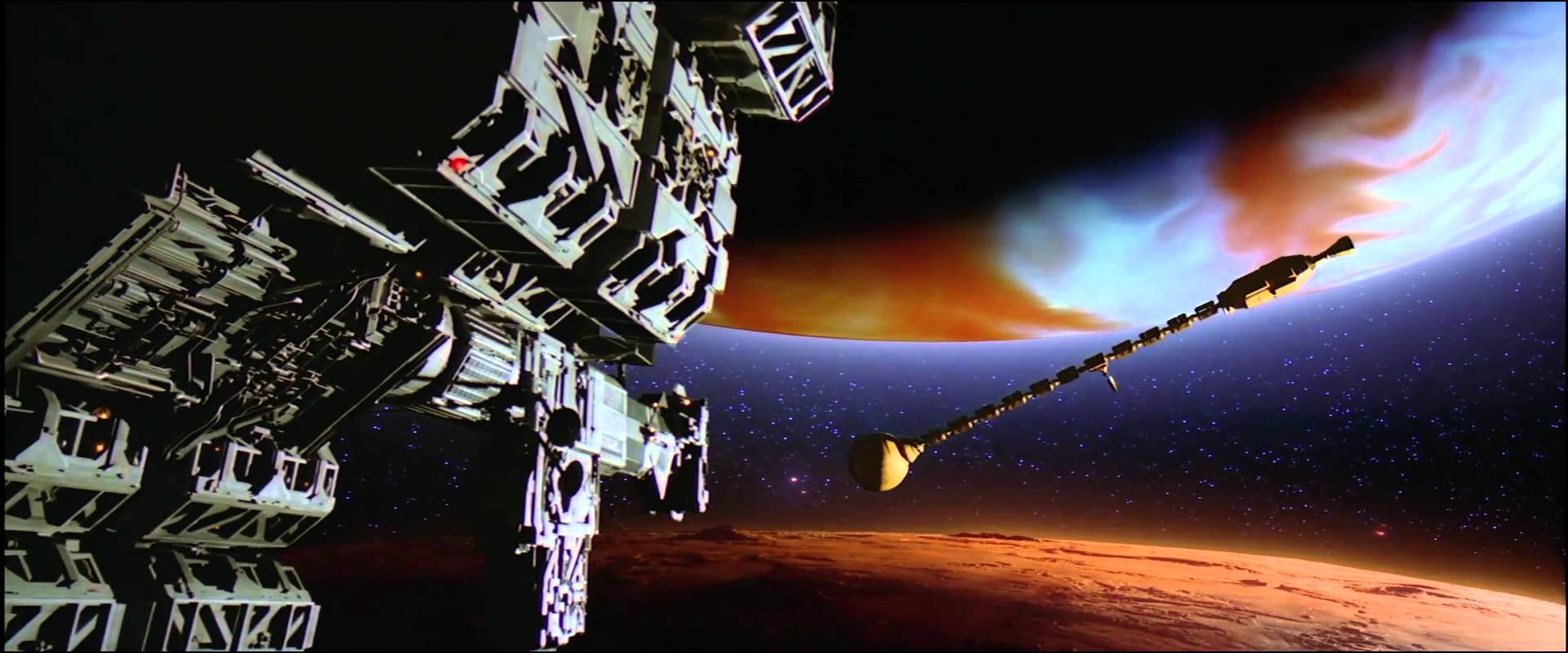
It was impossible to surpass the legacy and profound impact of arguably the greatest film of all time, “2001: A Space Odyssey,” but “2010” made a decent sequel to answer the remaining questions from the open ending of the original film. Peter Hyams, the director of the sequel, was a huge Kubrick admirer and he asked for the blessing of the auteur before the shooting of the film, to which Kubrick responded by advising him to make a standalone film without thinking about the pressure to stand up to the original’s legacy.
Also, a huge contributing factor to the film’s success was the appointment of Douglas Trumbull as the special effects leader who supervised the photographic effects of the original film. The biggest success of the sequel is that it continues the storyline of the first film without ruining it and answers some important questions left by the original film.
Prominent film critic Roger Ebert gave the film three out of four stars and commented that the new film is a “good-looking, sharp-edged, entertaining, exciting space opera.” Still, the major reason for the film’s underseen status can be traced back to the idealism of the purists, which forbids them to contaminate the excitement of the original by watching an unnecessary sequel of the holy grail of space opera.